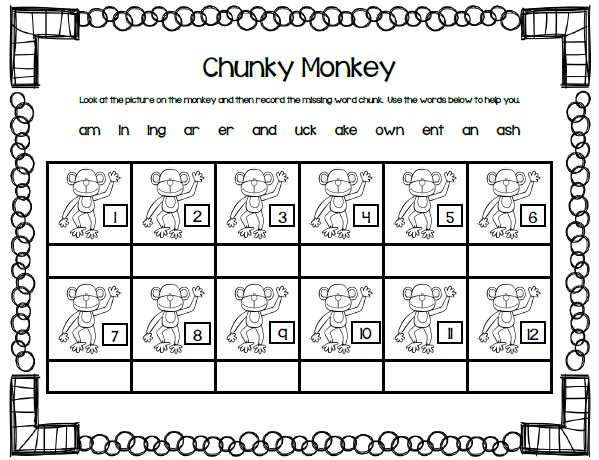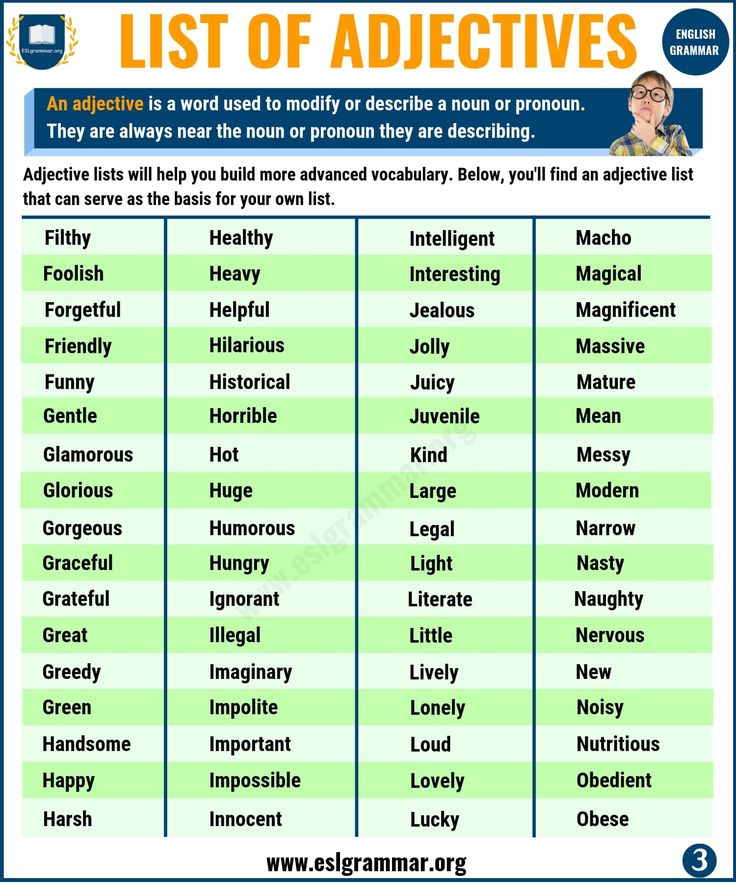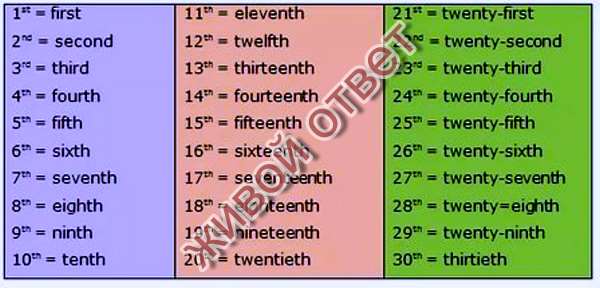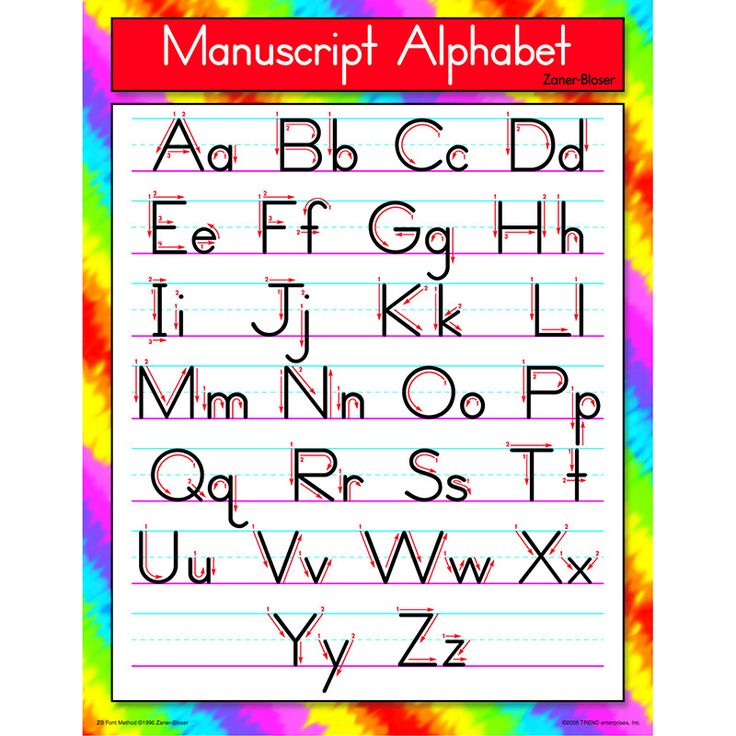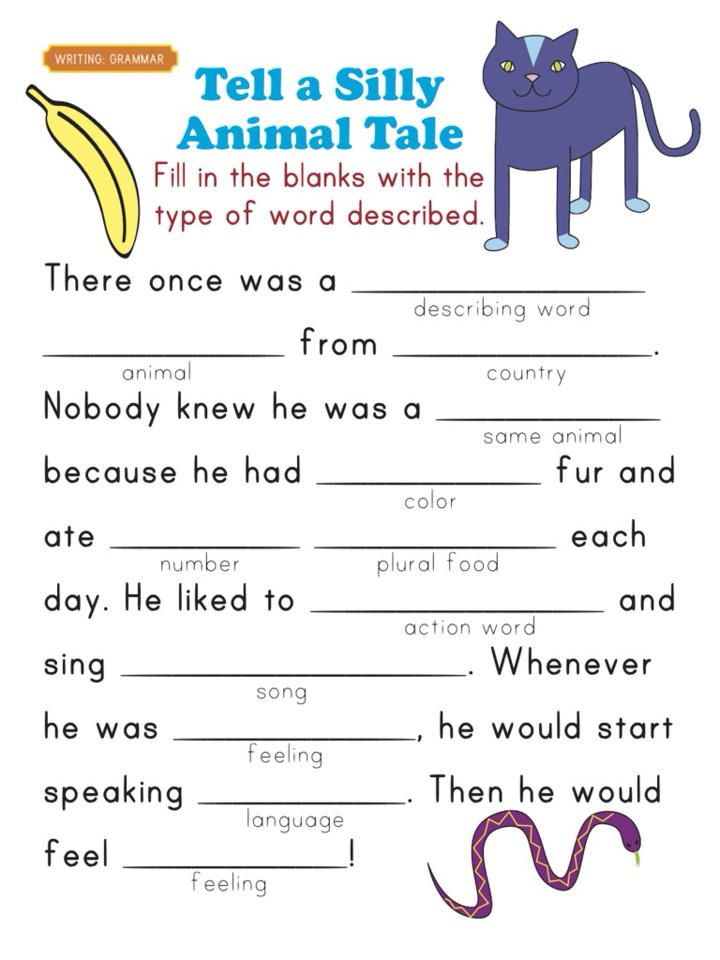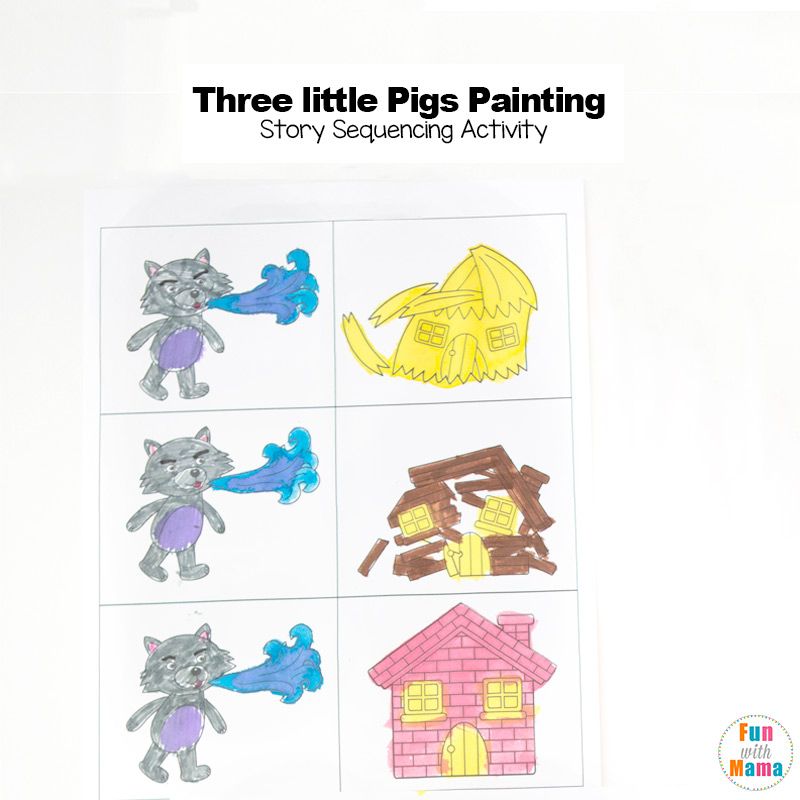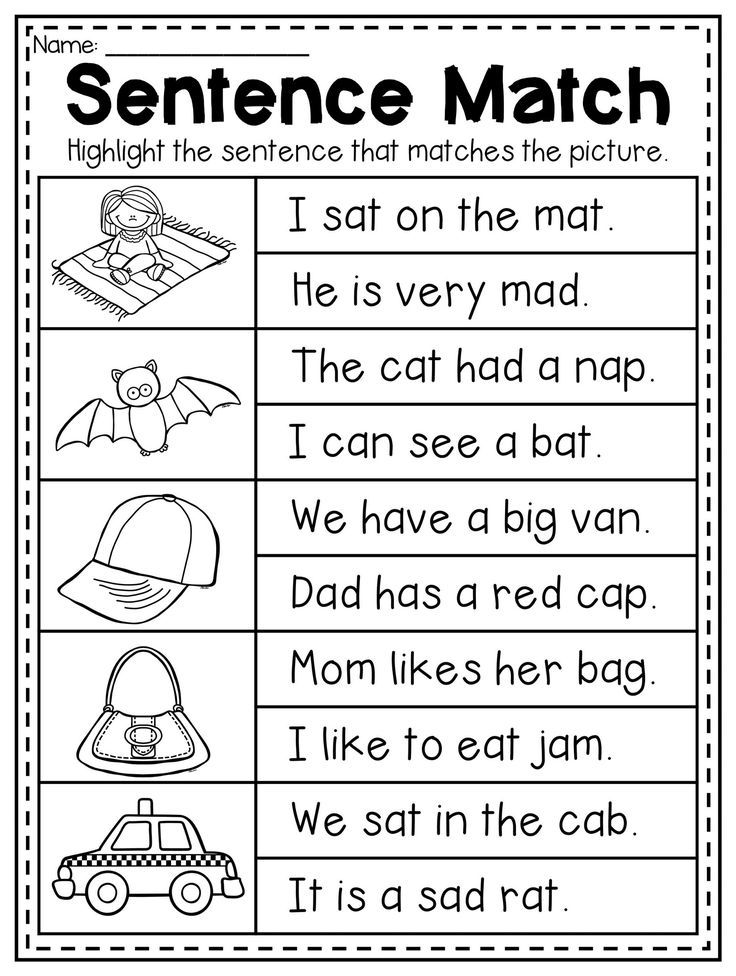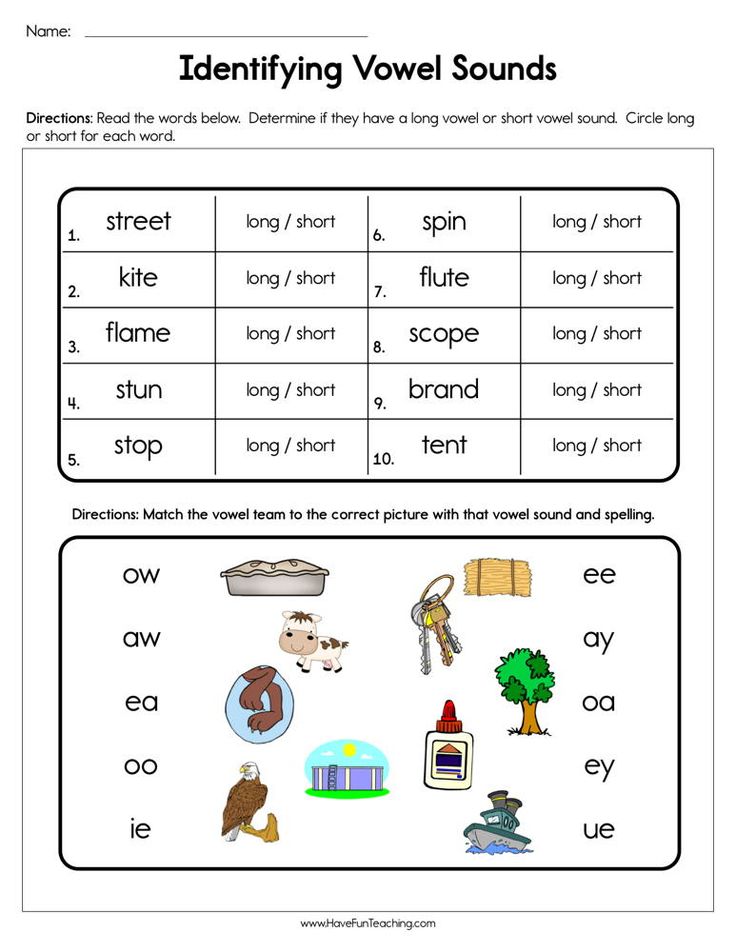Kindergarten literacy strategies
Early Literacy Strategies That Work
As a first-grade teacher, I thought I knew how to teach reading—I’ve even received accolades for my pedagogy. During guided reading I would pull small groups of kids based on ability, spending 15–20 minutes with each. We would read through our story of the week by taking a picture walk to help us understand the story. If students were stuck on a word, I would cue them to sound it out and look at the picture.
It wasn’t until I started to dig deeper into the science behind how people learn to read that I began to reflect on how I had been teaching reading in my classroom. Reading is not a natural process, but one that must be taught explicitly and systematically. Further, as Natalie Wexler discusses in The Knowledge Gap , reading is a human right: Teaching all students to read is an issue of both equity and social justice.
I realized that a shift in my practice was vital if I wanted to reach all of my students—and this is how I made that shift.
Reading Strategies That Work
Daily phonemic awareness: Phonemic awareness, the ability to identify and manipulate individual sounds in spoken language, is crucial in the development of early readers. I began spending around 10 minutes a day with the whole group explicitly focusing on individual phonemes in words. Some of the oral activities we engaged in were segmenting (say the sounds in cat), identifying (where do you hear /a/ in the word cat?), substituting (change /c/ to /p/ in the word cat—what do you get?), deleting (say cat without /c/—what is left?), and adding (add /s/ to cat). Hand movements were incorporated during these activities. For example, swing your bat to blend /s//t//o//p/.
This approach is multisensory, fast-paced, and engaging. During small groups, I incorporated visual activities that supported phonemic awareness, such as word ladders for manipulating phonemes, elkonin boxes, magnetic chips and wands for segmenting sounds in words, and Slinkys for segmenting and blending individual phonemes in words.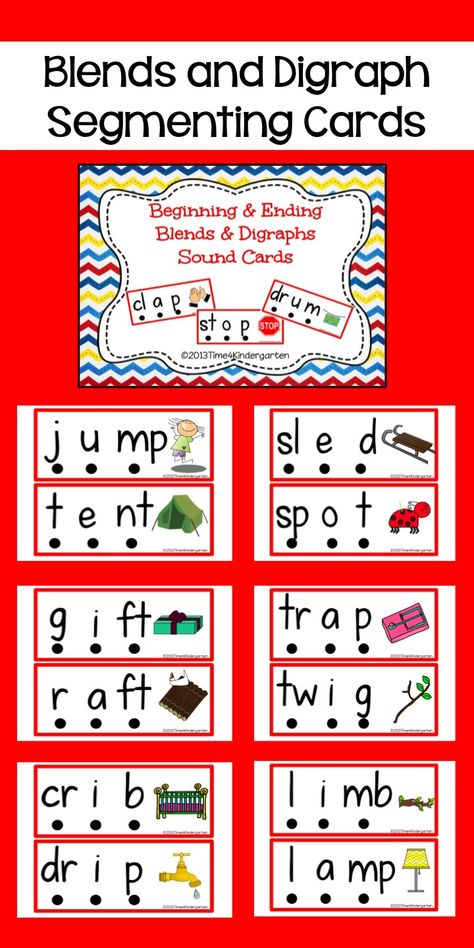 For instance, students would hold a Slinky in their hands and then pull it out for each individual sound, closing it again to blend sounds together and to say the whole word.
For instance, students would hold a Slinky in their hands and then pull it out for each individual sound, closing it again to blend sounds together and to say the whole word.
Application, application, application: I began scrutinizing my time spent on learning. I was so surprised at how little time my kids had to practice the skills introduced. I adopted an “I Do, We Do, You Do” gradual release structure. Every student needed the opportunity to hear, say, read, and spell.
Using that model, I realized that traditional centers such as independent reading and word work needed to be revamped. For example, rather than having kids choose books at random, I had them read the phonics passages we had been reading during small groups. The kids felt successful because the passages were familiar. I also saw an increase in fluency and accuracy scores on my Dynamic Indicators of Basic Early Literacy Skills (DIBELS) assessments, which we use to monitor early literacy skills.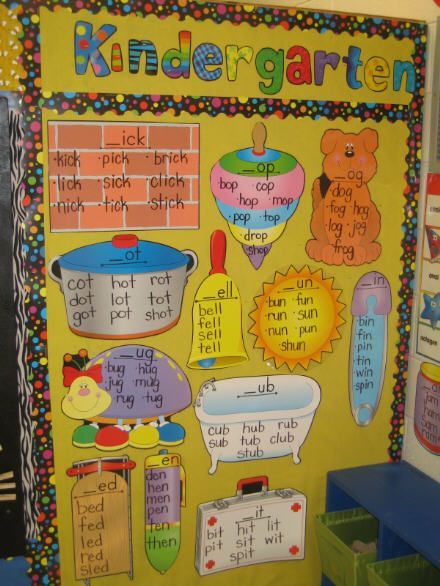 For word work, I had students work with sounds in words, either by manipulating phonemes through word ladders or by sorting by the number of phonemes in a word.
For word work, I had students work with sounds in words, either by manipulating phonemes through word ladders or by sorting by the number of phonemes in a word.
As students developed phonemic awareness, opportunities for application popped up everywhere. For example, a student named Charlie questioned why his name was alphabetized under C, with come and Carly, but it said /ch/. This made so much sense to me. For kids to truly understand the sound (phoneme) letter (grapheme) relation, words should be sorted by sound. I replaced my alphabetical word wall with a sound wall and never looked back. Now when I introduce sounds, we discuss articulation and our tongue and lip placement. The sound wall is a focal point in our room that supports kids as they are learning their sounds.
Mindfully choosing what students read: Students need material that contains words, sentences, and paragraphs that they can actually read. I became more intentional in the reading material I provided my kids.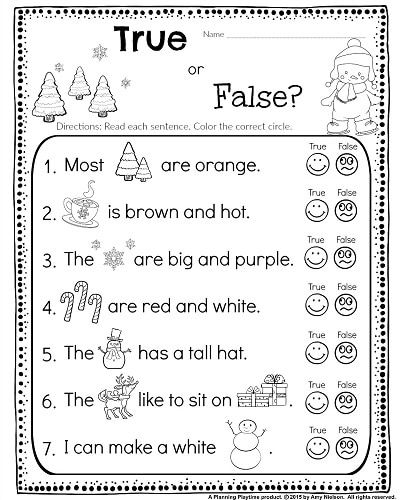 I began using decodable texts. These are books that follow a progression of phonics patterns. I tried my best to find books and/or passages that matched the skill(s) I had introduced. I saw my kids’ confidence increase because they were successful at reading. For a teacher, this is the best feeling.
I began using decodable texts. These are books that follow a progression of phonics patterns. I tried my best to find books and/or passages that matched the skill(s) I had introduced. I saw my kids’ confidence increase because they were successful at reading. For a teacher, this is the best feeling.
At the same time, representation matters. Kids need to see themselves in the materials being used in the classroom to develop deep connections. For me, I gave all students access to high-quality texts, regardless of their reading ability. Through multiple readings of passages from the text, I was amazed at my students’ ability to explain and retain words, both orally and in writing, and even to use them in everyday conversations.
After we read Monica Brown’s Waiting for the Biblioburro, a student exclaimed, “Mrs. Hanifan, you inspired my mom to create her own fry bread!” The students had learned the word inspired from the text and began to use it in their own lives. I now use a critical lens when I’m selecting books for my students to engage with.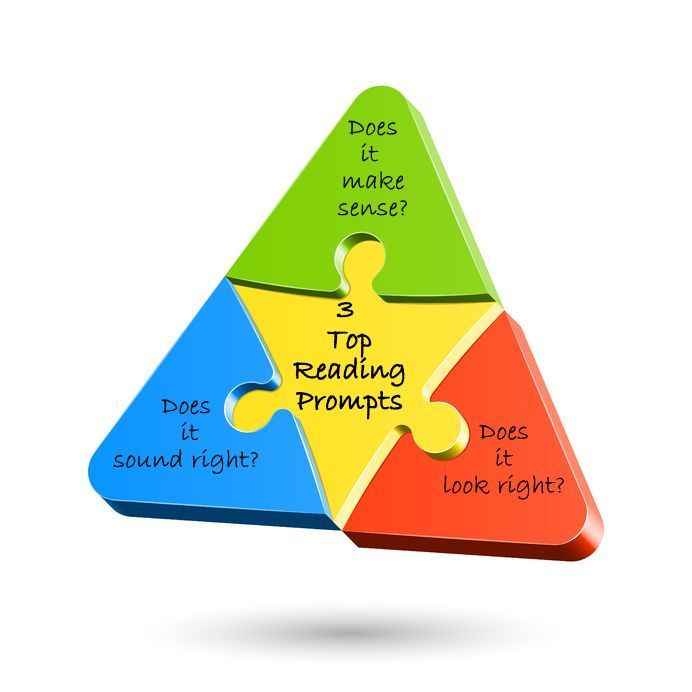 I question who is represented or missing in the text, what is the focused content, and how is the text written.
I question who is represented or missing in the text, what is the focused content, and how is the text written.
Swapping sight word memorization for heart words: Many people, myself included, believed that rote memorization with flash cards was the way kids built their high-frequency word knowledge. However, most of these words can be sounded out phonetically and should be taught explicitly. This promotes orthographic mapping, the process whereby words are stored in memory. The “heart” reminds us that this part of the word needs to be learned “by heart.”
Before I began teaching the heart word method, I reviewed my scope and sequence and compiled all of the high-frequency words introduced. I then sorted them phonetically. This way, I could teach them explicitly as part of my whole and small group lessons. The kids are excited and notice heart words everywhere. This method has helped them remember how to read and spell a word when they hear it orally or see it in print.
Teaching reading explicitly and systematically has transformed the practice in my classroom and set all of my students up for success.
List of Reading Strategies Taught in Kindergarten
KAREN HOLLOWELL
26 SEP 2017
VOCAB
... Comstock/Comstock/Getty Images
Kindergarten marks the beginning of your child's first formal year of reading instruction. If he already knows letter names and a few sounds, he will have an advantage because these are foundational reading skills. Kindergarten teachers build on these abilities and then progress to comprehension strategies. By the end of the school year, your child should be able to read grade-level books with fluency and understanding.
Explore this article
- Decoding
- Context Clues
- Shared Reading
- Guided Reading
1 Decoding
Before your child can read, she must be able to decode (sound out) words.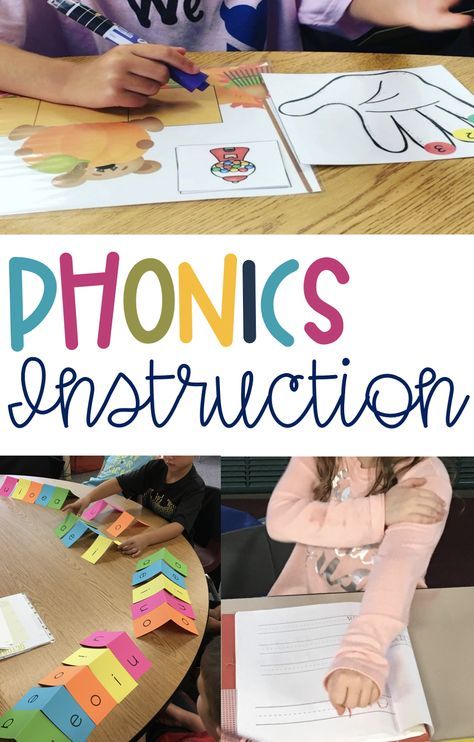 Kindergarten teachers use phonics instruction to introduce letters, one by one, along with their corresponding sounds. The goal is for children to have phonemic awareness – the knowledge that each letter represents an individual sound. Once children understand this principle, teachers will practice decoding with CVC (consonant, vowel, consonant) words with them. Your child will begin reading simple books that contain many of these words.
Kindergarten teachers use phonics instruction to introduce letters, one by one, along with their corresponding sounds. The goal is for children to have phonemic awareness – the knowledge that each letter represents an individual sound. Once children understand this principle, teachers will practice decoding with CVC (consonant, vowel, consonant) words with them. Your child will begin reading simple books that contain many of these words.
Vocabulary Builder
2 Context Clues
Context clues help your child comprehend what he's reading and improve his vocabulary at the same time. Your child's kindergarten teacher will demonstrate how to use this strategy. The teacher will pause at a word as he or she reads and pretend not to be able to decode it. For example, the teacher encounters the word "bird," a complex word for kindergartners because of the "ir" sound in the middle. After pronouncing the first sound in the word ("b"), the teacher points to the picture of birds on the page and then asks the children to say the word.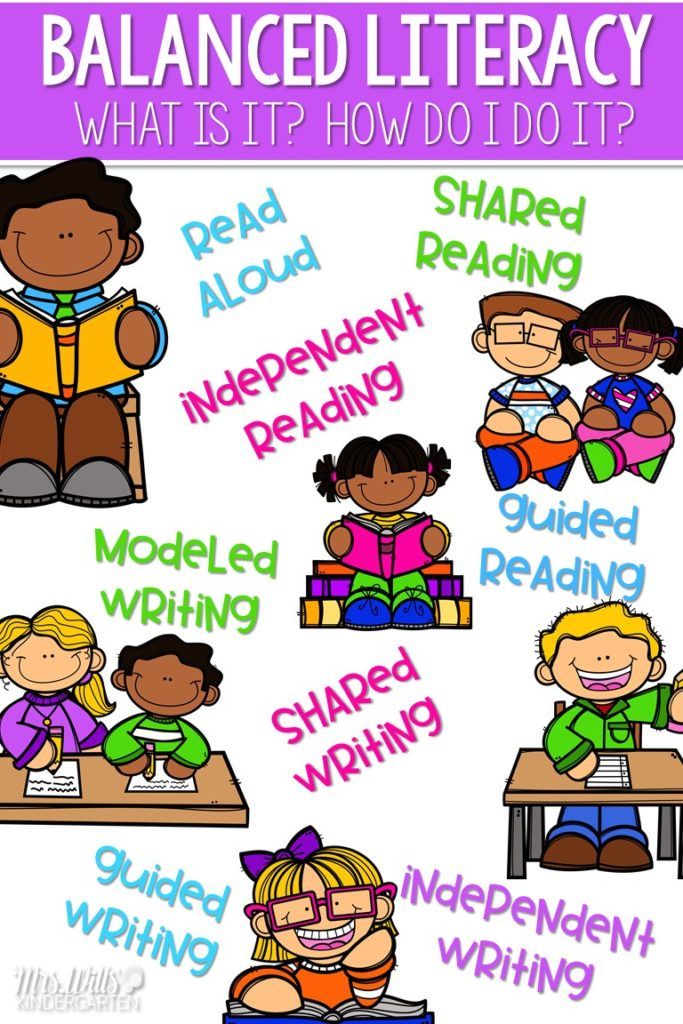 Since most students will know the initial sound ("b"), determining the word becomes easier especially if the book is about birds.
Since most students will know the initial sound ("b"), determining the word becomes easier especially if the book is about birds.
3 Shared Reading
Kindergarten teachers rely on shared reading to help their students improve reading fluency and learn concepts of print – like left-to-right progression of words and sentence structure. Echo reading is a shared reading strategy. For example, the teacher reads a sentence from a book. The students will repeat the sentence while the teacher points to the words. When your child participates in this activity, she will also improve her sight word vocabulary. These are frequently used words that usually cannot be sounded out like "what," "the" and "come."
4 Guided Reading
Guided reading is a strategy teachers use to help their students in small groups. This allows teachers to differentiate instruction to meet individual needs. If your child is an advanced, average or struggling reader, the teacher will use specific techniques in guided reading groups to help him.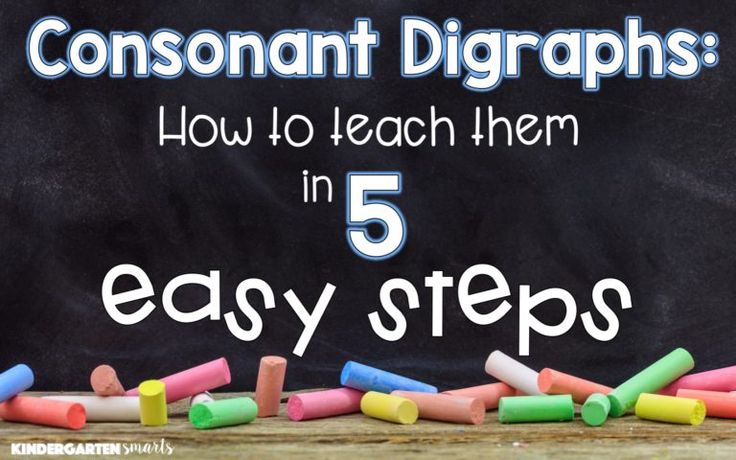 The teacher will reinforce decoding and comprehension skills using books that are leveled in complexity. This method allows every child to experience success in reading.
The teacher will reinforce decoding and comprehension skills using books that are leveled in complexity. This method allows every child to experience success in reading.
references
- 1 Reading Rockets: Word Decoding and Phonics
- 2 Math and Reading Help: How to Teach Children to Use Context Clues When Reading
- 3 Hubbards Cupboard: Guided Reading
About the Author
Karen Hollowell has been teaching since 1994. She has taught English/literature and social studies in grades 7-12 and taught kindergarten for nine years. She currently teaches fourth grade reading/language and social studies. Hollowell earned her Bachelor of Arts in English from the University of Mississippi and her Master of Arts in elementary education from Alcorn State University.
Related Articles
Teaching literacy to schoolchildren - game situations and other techniques
Teaching literacy is a method by which writing and reading skills are developed. Literacy can be taught to children only if they have well-developed phonemic hearing and perception.
Literacy can be taught to children only if they have well-developed phonemic hearing and perception.
Contents
- Fundamentals of speech development
- How to start teaching literacy?
- Literacy teaching methods
- Literacy tasks
- Literacy teaching game situations
- Didactic games in teaching literacy
- The content of teaching literacy
- Methods of teaching literacy
- Components of grammatically correct speech
- Speech environment as a means of teaching literacy
.
Therefore, while preparing for training, it is necessary to form the speech of schoolchildren in kindergarten. It is necessary to form the coherence of their speech, replenish their vocabulary, develop grammar and sound culture. nine0003
According to research, students with well-formed speech successfully master literacy and all other school subjects.
It is very important to develop an elementary awareness of one's own and other people's speech.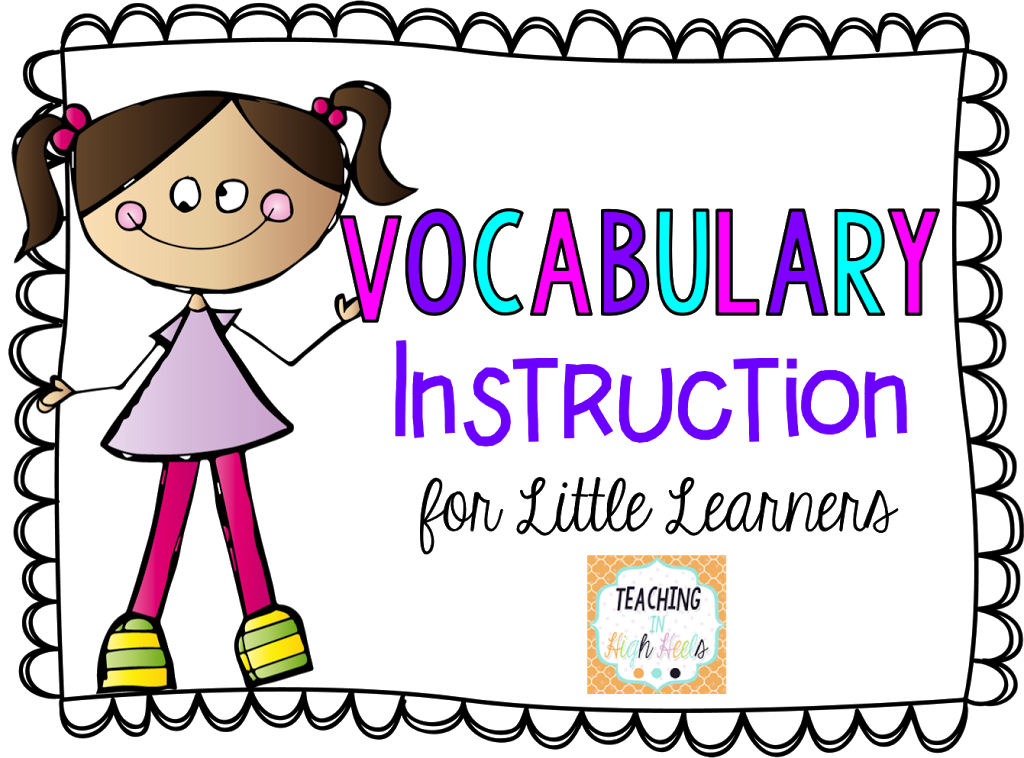 The subject of children's attention is the speech activity itself. The development of speech reflection and the arbitrariness of speech is a very important aspect of preparing for the study of writing.
The subject of children's attention is the speech activity itself. The development of speech reflection and the arbitrariness of speech is a very important aspect of preparing for the study of writing.
This quality is an important part of a child's psychological preparation for learning. It should be noted that the consciousness and arbitrariness of speech statements is the psychological basis for the development of writing skills. Therefore, when there is a development of reflection and arbitrariness of oral speech, it helps to subsequently study written speech. nine0003
Indicators that a child has a certain level of speech comprehension and readiness to learn to read and write is the presence of the following skills: you need to focus on solving a verbal task. You need to deliberately produce your speech, choose language tools in order to solve verbal problems. You also need to think about what options you can choose to solve it. You also need to evaluate how verbal tasks are performed.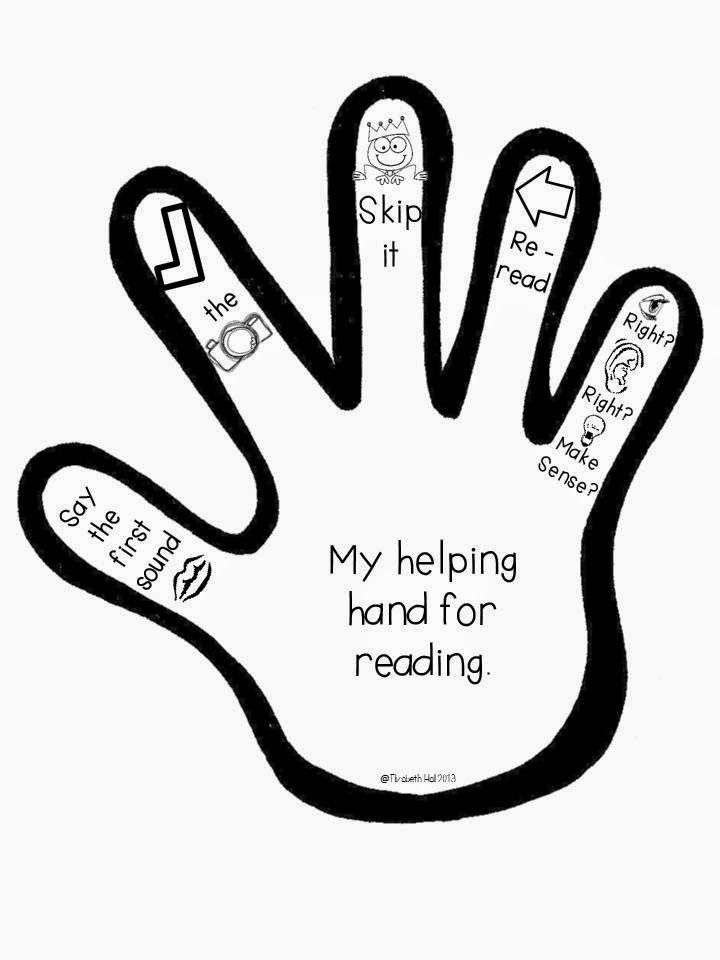
How to start teaching literacy? nine0029
HP Silchenkova believes that it is necessary to begin the study of literacy at that period of development, when mental functions begin to mature. The learning process will be effective only if the characteristics of the child associated with his age are taken into account, as well as his individual capabilities, which are determined by speech, perception, thinking and memory
It is necessary to devote enough time to form the child's speech hearing. You also need to develop the child's ability to memorize letter styles. nine0003
Human brain, according to N.G. Altukhova, contains such cells that perform the function of remembering the outline of a letter without making any effort. The same cells allow you to use those letters that a person has already memorized.
The process of establishing a modern methodology for teaching schoolchildren to read and write has a rich history.
K.D. Ushinsky proposed the so-called sound method for studying literacy.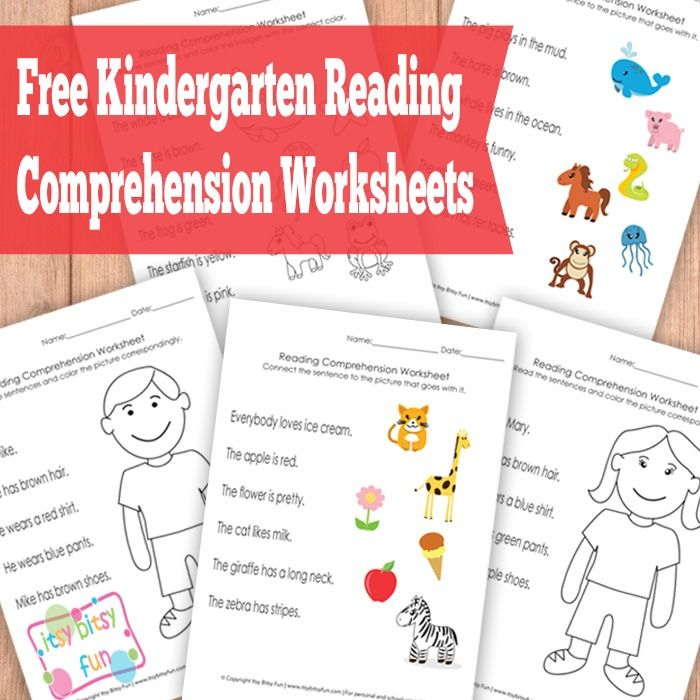 It had certain advantages and disadvantages. A lot of attention was paid to acquainting schoolchildren with sound aspects of speech, as well as to developing sound analysis. nine0003
It had certain advantages and disadvantages. A lot of attention was paid to acquainting schoolchildren with sound aspects of speech, as well as to developing sound analysis. nine0003
According to P.S. Zhedek, there is a more perfect method of teaching literacy. According to his approach, it is necessary to divide words into separate syllables. And each syllable can also be divided into separate sounds.
In this case, the sounds that stand out must be indicated using a printed letter. And then you need to read the written word. But even this approach does not reveal the mechanism of the reading process, the moment when individual sounds merge into syllables.
Another technique was developed by V.A. Kiryushkina and other researchers. They based their approach on the analysis of the sound of speech. What is new in this system is a different sequence in which letters and sounds are learned. Letters and sounds are learned in the order that is based on the frequency of their use in the native language.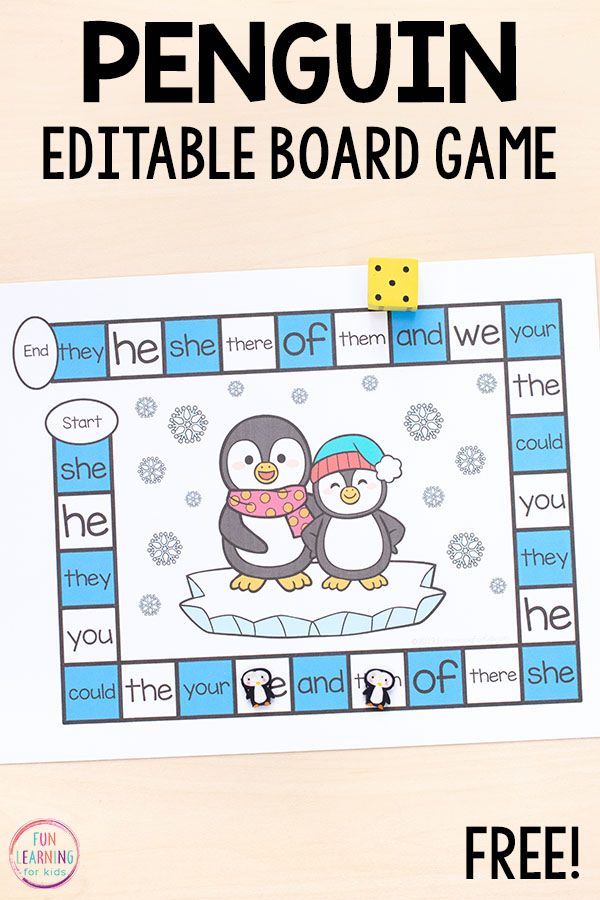 The most common sounds and letters are learned first, and then in descending order. nine0003
The most common sounds and letters are learned first, and then in descending order. nine0003
A.A. Nazarenko also offers an interesting approach that deserves special attention from our side.
Schoolchildren need to be taught methods of mental action: children analyze sounds, practice positional reading, relying on the entire alphabet. At the same time, strict stages in the development of reading methods must be followed.
What is important in this technique is that during the training, students begin to master first the quantitative, and then the qualitative sound analysis of words. nine0003
After analyzing the program, we realized that the main attention should be paid to the sound structure of the word, the development of the ability to conduct sound analysis, and subsequently teach children to read and write at school.
Literacy teaching methods
Today there are many different programs, the content of which differs significantly. Therefore, the requirements for the preparation of children depend on whether children are taught the basics of literacy and at what age it is supposed to be done.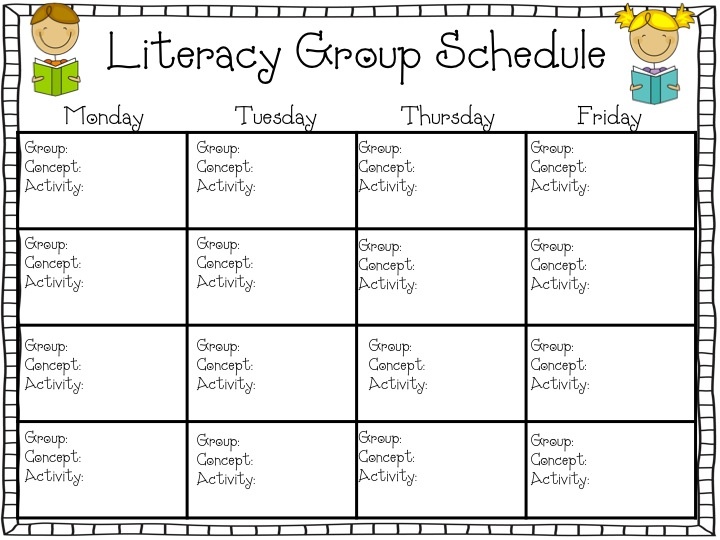 nine0003
nine0003
At the same time, there are many facts that allow us to identify certain areas in teaching literacy to children of primary school age. Known patterns that work in the field of learning to read and write.
There are various tried and tested methodologies for the learning process. Positive results were obtained from the application of these methods, which significantly influenced the intellectual and speech development of schoolchildren. And these are the areas of work:
- you need to introduce the child to the word: he must learn to single out words as an independent unit of speech; nine0008
- introduce children to the sentence: children should also be able to distinguish sentences as speech units;
- introduce the verbal composition of a sentence: children must learn to divide sentences into words and make sentences out of two or four words;
- to introduce children to the syllabic structure of words: children can divide small words into syllables and make words from different syllables;
- to acquaint children with the sound structure of a word, it is necessary to develop their ability to analyze the sound composition of a word, determine the number of sounds, their sequence, compose words with given sounds, understand the meaning of phonemes.
 nine0008
nine0008
The main role is played by the development of children's ability to analyze the sound verbal composition. And as we wrote about this above, the processes of writing and reading are the processes of translating oral speech into graphic images and vice versa.
Tasks of teaching literacy
The main tasks in teaching literacy to schoolchildren:
- to teach schoolchildren to write and read, to give them basic ideas about what speech, language and literature are;
- enrich the horizons of schoolchildren; nine0008
- to activate their written and spoken language;
- to form their intellectual activity, to help the child have a positive attitude towards learning;
- form mental and physical processes that allow you to effectively learn writing and reading.
The study of literacy involves the use of two processes: synthesis and analysis.
You also need to develop listening and speaking skills. During the lessons, you need to study concepts such as words, vowels, sentences and stress.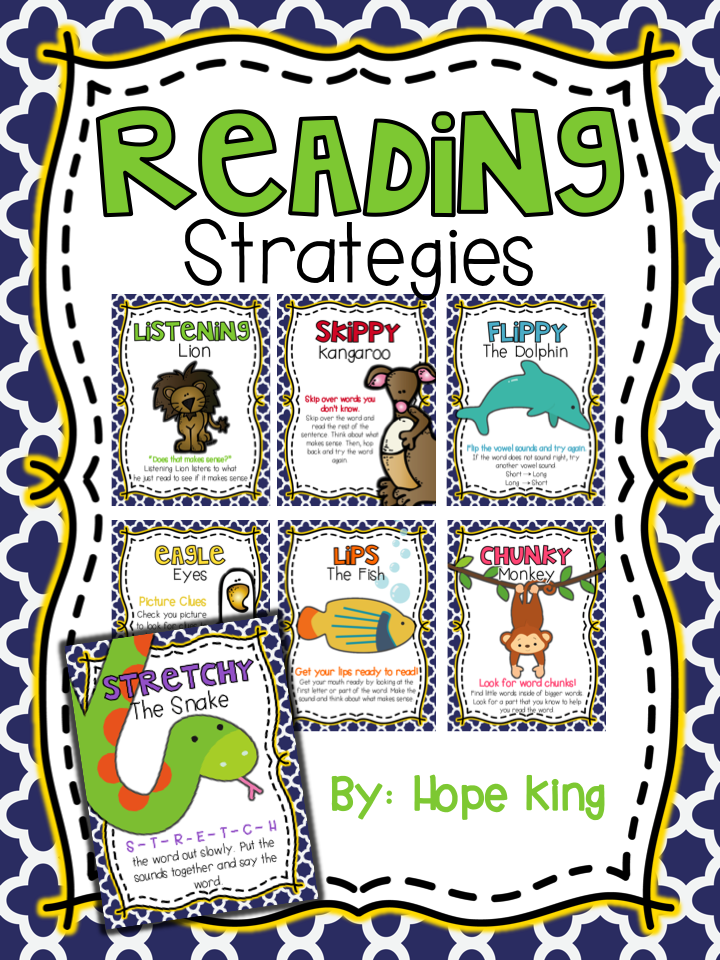 Pupils learn to choose words that can denote objects in the picture. nine0003
Pupils learn to choose words that can denote objects in the picture. nine0003
You can also name the same objects using different words. You can teach children to draw verbal diagrams, teach them to make sentences based on pictures, depict sentences in the form of diagrams.
The process of learning to read and write is an important part of the formation and development of speech. This implies that during the teaching of literacy, it is necessary to single out different directions for the formation of children:
- you need to master the basics of literacy;
- need to develop the ability to listen and speak; nine0008
- need to replenish the lexical dictionary of schoolchildren;
- need to develop their spelling and punctuation skills;
- need to form punctuation and spelling vigilance;
- children need to be taught to understand and analyze different types of texts;
- we need to help children acquire new knowledge about their native language and systematize it;
- it is necessary to reveal to schoolchildren all the richness of the native language and its beauty;
- students need to develop a sense of language.
nine0008
While learning to write, children learn to analyze the images of letters, the graphic signs that make up the letters. They also learn to compare one sound with another, write different alphabetic elements, combine words into a sentence, write them off from a sample.
Game situations in teaching literacy
Literacy for schoolchildren is quite difficult to perceive. It is quite difficult for a child to perceive abstract concepts that cannot be found in the real world.
A playful approach is the best way to solve this problem. Thanks to the game, even the most complex things can be made accessible and simple. The game cannot appear on its own. nine0003
Game situations encourage each player to use their communication skills and abilities to achieve the game task. It helps to form intelligence and sensory. With the help of games, you can help children learn the lexical and grammatical categories of their native speech.
Games also help to consolidate and refine the acquired speech knowledge.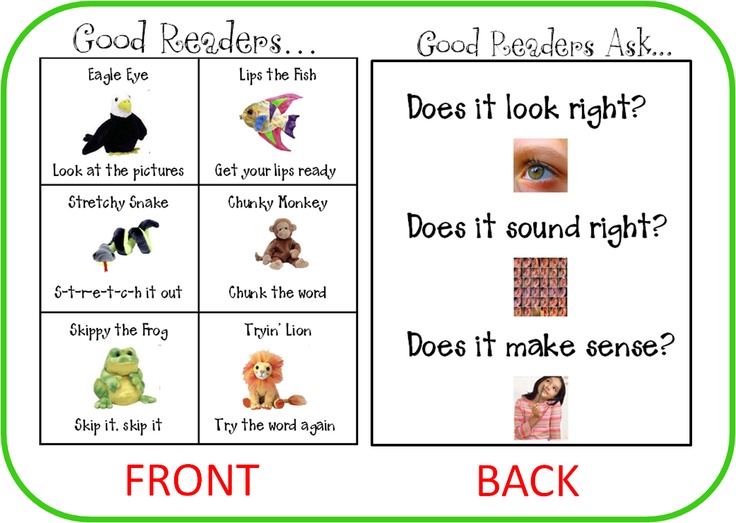 How well a student will be literate depends on his success in further education at school. And this applies not only to writing and reading, but also to all other subjects. nine0003
How well a student will be literate depends on his success in further education at school. And this applies not only to writing and reading, but also to all other subjects. nine0003
Didactic games in teaching literacy
The study of literacy takes place gradually with the help of didactic games. This allows us to solve the following tasks:
- we need to introduce schoolchildren to what sound and words are;
- they need to form their phonemic hearing;
- children should be taught to divide words into separate syllables;
- children need to be taught how to correctly place stress in words;
- children need to be taught to analyze the sound composition of words; nine0008
- learn to identify vowels and consonants, hard and soft;
- children need to be introduced to the term "sentence" and its structure;
- need to teach children to read and write.
Modern approaches to the study of literacy are based on the methodology developed by K. D. Ushinsky more than a century ago.
This technique assumes that students will get acquainted with sounds, highlighting them from live speech. Vowels are learned first. Tasks need to be made more and more difficult gradually. The sound must first be defined in monosyllabic words. Then two-syllable words are used. And already then and polysyllabic. nine0003
After studying the most common vowels in speech, a transition is made to less common ones. And only after that you need to move on to the assimilation of consonant sounds. K.D. Ushinsky believed that teaching schoolchildren to identify consonants within words is a very difficult, but extremely important job. It is she who is the most important key to mastering reading.
Content of literacy classes
Classes should be conducted in such a way as to maintain a high level of motivation among students. The introductory part allows you to set the atmosphere of the lesson. It is necessary to set the schoolchildren to the fact that now they will learn something new, something that will be very interesting to them.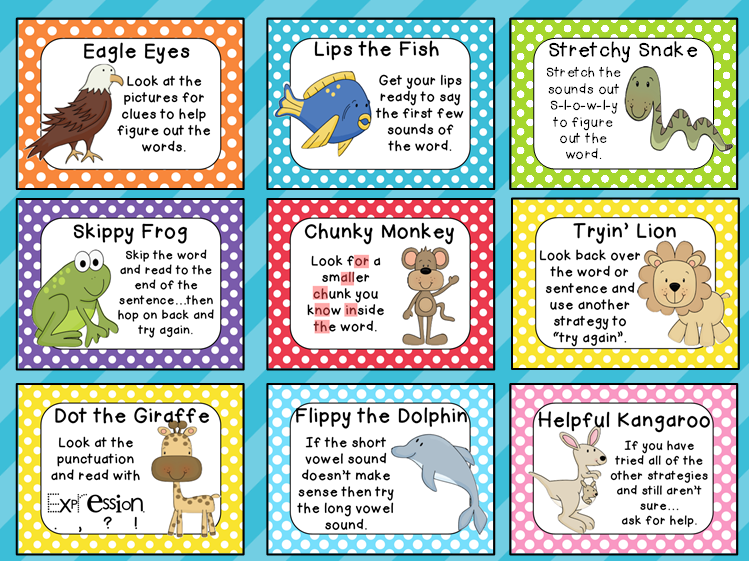 It is important to encourage children to want to participate in class. nine0003
It is important to encourage children to want to participate in class. nine0003
Lessons can be of the following types:
- telling a thematic poem;
- solving riddles;
- joint viewing of illustrations.
The teacher can start with the following words: “Children, now we will discuss what a word is. Listen to a little poem and support me.
And you can finish the task with the following words: “You are so good! We managed to solve all the riddles! And all answers were correct. Do you understand how these words are similar to each other? Let's play now. I will name the word. If it starts the same way as the guess, then you should clap your hands. If not, then do nothing." nine0003
To get the children interested, you can give all couples a set of cards. Children will have to name what is shown on them. And the teacher asks the children what is the first sound in this word. Can these words be divided into two groups?
For example, short words are placed in one group, and long words are placed in another.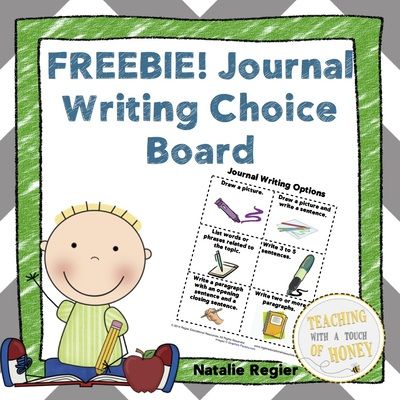 Then you need to check how the children coped with this task.
Then you need to check how the children coped with this task.
To make it interesting for students from the very beginning, illustrations can be included in the work.
For example, you can use some kind of surprise. You can also dramatize the story. The kids love these activities. They also like to participate in the creation of a new fairy tale. nine0003
Preparing for the lesson, the teacher must be very thorough. If the material is presented incorrectly, it will lead to difficulties in further learning. If you carefully plan each lesson, the teacher can avoid many mistakes. When developing lesson notes, you need to plan a lot.
But today in educational institutions it is often proposed to use technological maps.
Techniques for teaching literacy
During the lesson, the teacher should strive to use different techniques in such a way that children change activities. It is also necessary to diversify the form of presenting new information. Let's discuss a few tricks:
- Lull rings: this is an interesting tool that allows you to shape the intellectual abilities of schoolchildren and their creative impulses.
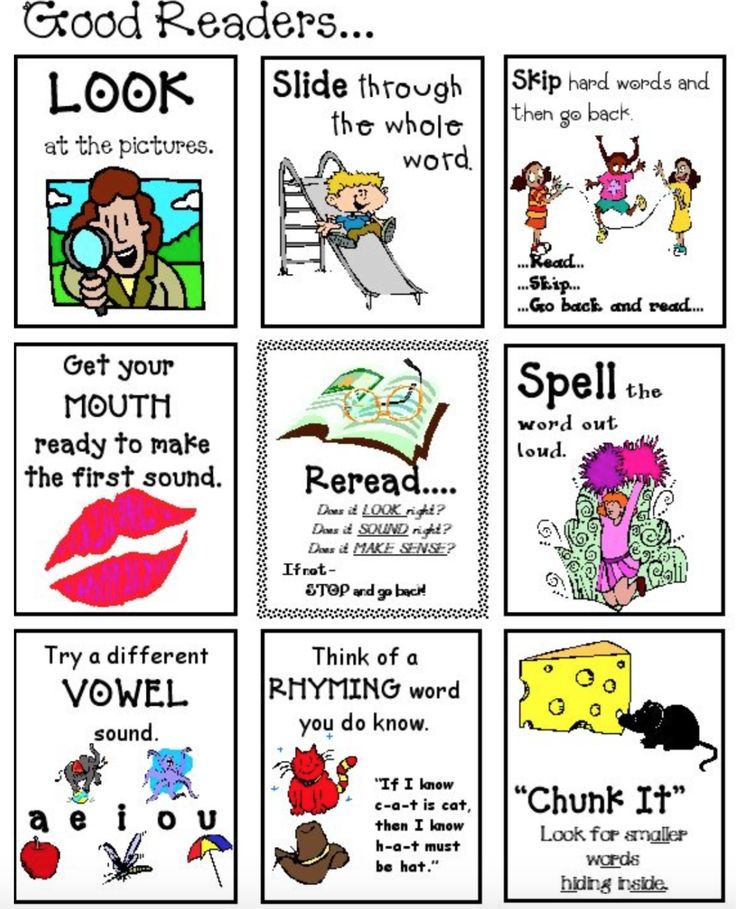 There are many different materials how you can use this fixture.
There are many different materials how you can use this fixture. - to teach schoolchildren to read and write, you can also make Lull rings, and place letters on one of them, and objects whose names begin with these letters on the second. Children must correctly connect the letters and the images suitable for them.
This interesting technique helps to captivate children, create an atmosphere of ease, and help them perceive new material. nine0003
By learning letters with children, you can help them learn new material better. To do this, you need to beat these letters in different tasks of a creative type. For example, you can draw a letter and decorate it with different patterns.
You can also sculpt letters, sew dresses for them, lay out letters from peas or buttons. They can be drawn on the sand, folded from sticks and other materials available to children.
You also need to check the knowledge of children with the help of test materials. nine0003
The exercises that are included in this work are material with images of objects for studying vowels. Pupils connect a letter and an object that contains this letter in its name. For words, you can also draw diagrams showing the number of syllables and stressed syllables.
Components of grammatically correct speech
During classes, children should also be taught to analyze the sound and letter composition of words.
Grammatically correct speech includes the following components:
- children need to create an effective speech environment that contains many speech patterns;
- it is necessary to improve the speech culture of the people around the child;
- it is necessary to study complex grammatical forms with children in order to prevent the development of their erroneous use;
- need to develop grammatical skills;
- you need to correct grammatical errors that the child makes.
If you correctly organize the speech space for a schoolchild, it will have a very powerful effect on him. This will help form the child's cognitive relationships, develop his basic ideas about the Russian language and speech.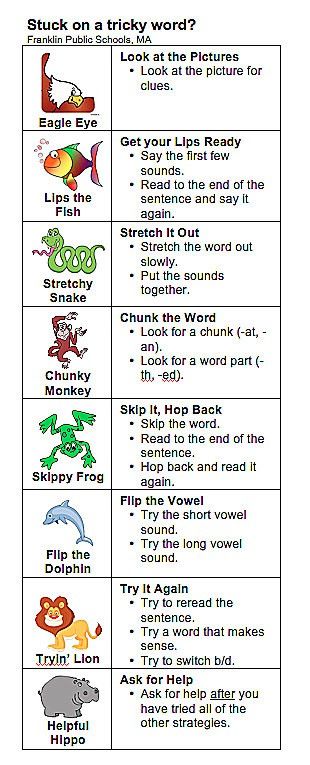 nine0003
nine0003
Therefore, it is necessary to organize the speech space and give it priority attention.
Speech environment as a means of teaching literacy
Speech space is a very broad concept that consists of many components. This can include different patterns of speech that are available for perception by children. At the same time, not only people can talk around, but radio and television can also sound.
L.P. Fedorenko believes that the speech environment can play a developing function. He believes that this allows you to activate verbal communications. And this environment allows you to fully reveal the speech potential of the student. But such an environment cannot arise spontaneously. It appears as a result of purposeful efforts. nine0003
The author believes that there are two components of the speech environment: this is the natural environment of communication, as well as communication with other children. The second component is an artificially created speech environment.
A free environment is a child's communication with peers and adults. It occurs naturally during different regime moments. But it can be used to achieve maximum effect.
An artificial environment is a speech space that is purposefully organized by the educator to achieve the set goals. To do this, you need to use certain techniques. nine0003
You could even develop a communications center. It will consist of the following elements:
- theaters;
- various visual aids;
- bookshelves.
The aids used can be:
- didactic board games;
- sound pronunciation albums;
- illustrated materials;
- paintings.
In this case, all materials used must be selected so that they match the age characteristics of schoolchildren. nine0003
N.K. Usova also studied this topic in detail. She wrote that kindergarten staff should organize such a speech environment that would help children actively develop their speech literacy.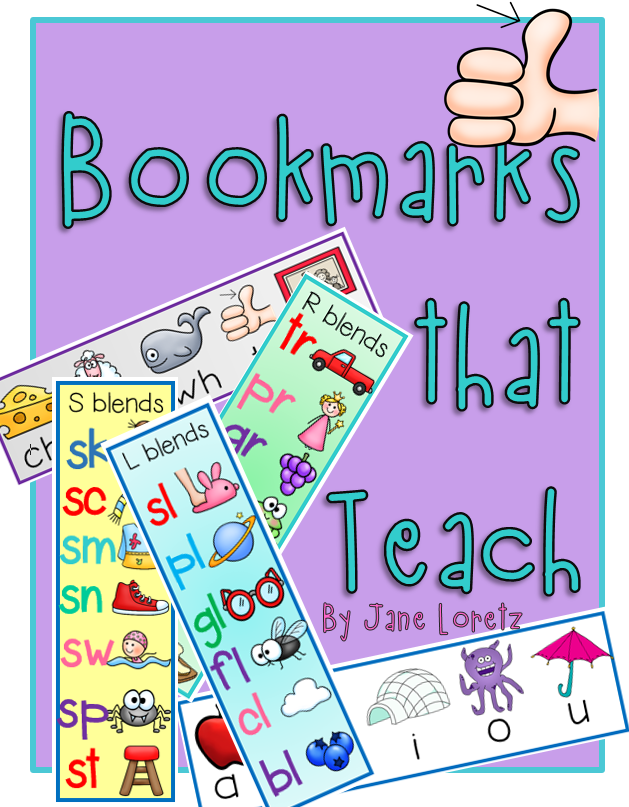
The speech environment should be created so that schoolchildren have the best conditions for the development of speech literacy. At the same time, children's speech should develop not only during classes, but also during independent pastime.
Literacy methods for parents and professionals
It so happened that now it is not the school that teaches literacy, but mothers, grandmothers, educators, speech therapists or paid circles for preparing for school. "A first-grader should go to school reading, because it's already so difficult there!" - parents think and try to navigate in a variety of methods, manuals, courses. How to choose the right teaching method? How is global reading different from semi-global or syllabic? Which textbook to choose? When to start learning to read? We understood the intricacies of, at first glance, a simple matter - learning to read and write. nine0003
The webinar was hosted by Olga Alexandrovna Velichenkova, Candidate of Pedagogical Sciences, Associate Professor of the Department of Speech Pathology of the Institute of Special Education and Psychology of the Moscow City Pedagogical University, member of the Russian Dyslexia Association, author of more than 50 educational and scientific papers on the problem of reading and writing disorders in children.